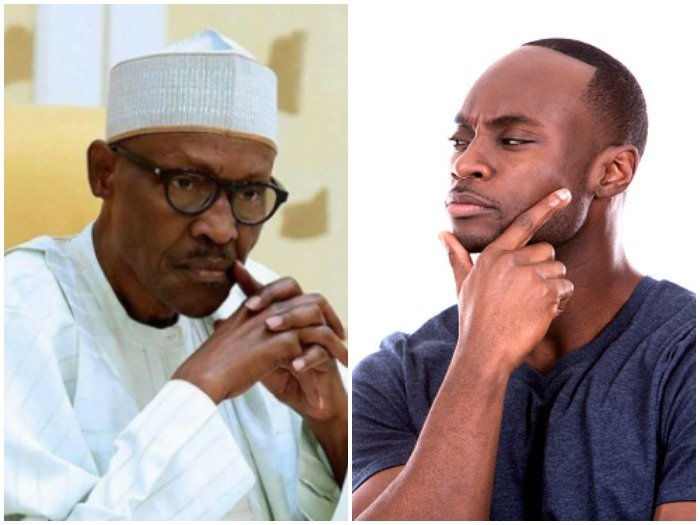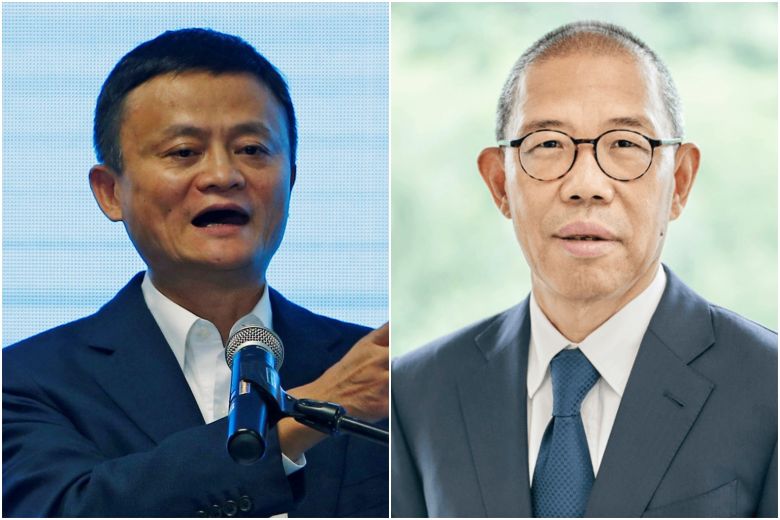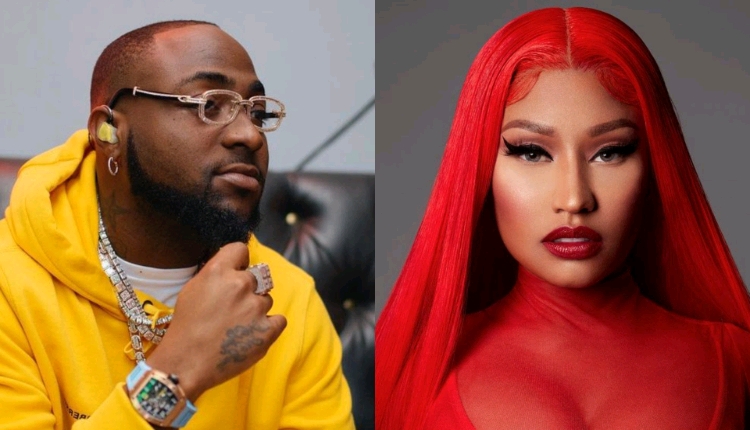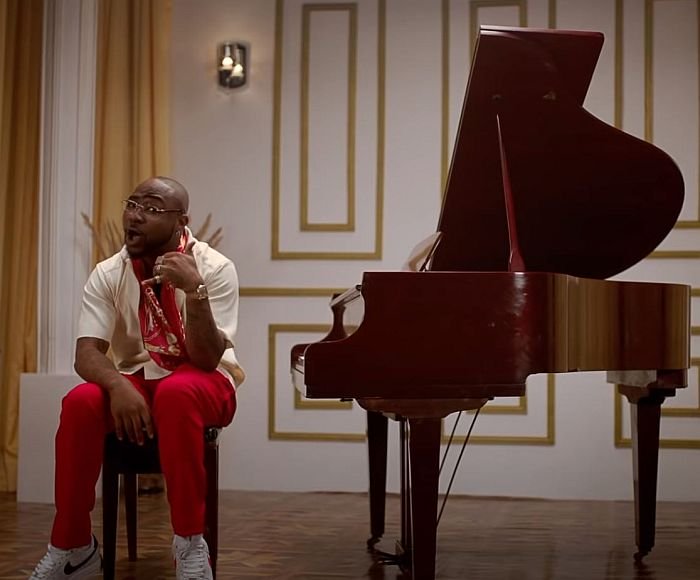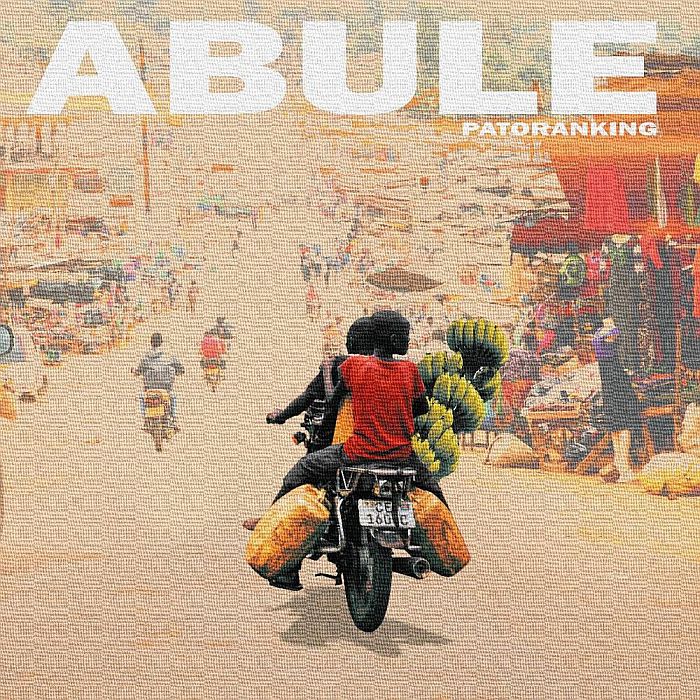HAPPY BIRTHDAY!! Chief Olusegun Obasanjo Celebrates His 82nd Birthday Today (Drop Your Well Wishes)
Posted by E.L.E.X on March 05 2019 under News
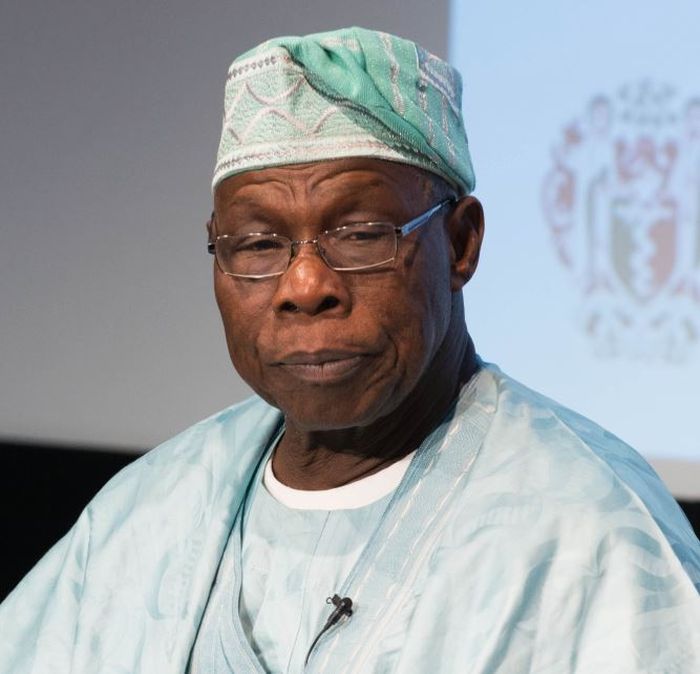

Olusegun Mathew Okikiola Aremu Obasanjo, GCFR, Ph.D. (born 5 March 1937) is a former Nigerian Army general who was President of Nigeria from 1999 to 2007.
Obasanjo was a career soldier before serving twice as his nation’s head of state. He served as a military ruler from 13 February 1976 to 1 October 1979, and as a democratically elected president from 29 May 1999 to 29 May 2007. From July 2004 to January 2006, Obasanjo also served as Chairperson of the African Union.
Early life
Olusegun Obasanjo was born on 5 March 1937 to his father Amos Adigun Obaluayesanjo “Obasanjo” Bankole and his mother Ashabi in Abeokuta, Ogun State, Nigeria. His mother died in 1958 and his father died in 1959. He became an orphan at the age of 22.
In 1948, Obasanjo enrolled into Saint David Ebenezer School at Ibogun, for his primary school education. From 1952 to 1957, he attended Baptist Boys’ High School (BBHS), Abeokuta, for his secondary school education.
Military career
In 1958, Olusegun Obasanjo joined the Nigerian Army. Some of his studies and training includes Mons Cadet School, Aldershot, England; Royal College of Military Engineers, Chatham, England; School of Survey, Newbury, England; Indian Army School of Engineering, Poona; and the Royal College of Defence Studies, London.
Obasanjo’s colonel promotion came in 1969. He was appointed from 1969–1970, general officer commanding 3rd Infantry Division, Nigerian Army. He was later made the commander, Third Marine Commando Division, South-Eastern State, during the Nigerian Biafran Civil War.
On 12 January 1970, Obasanjo accepted the Biafran surrender ending the Nigerian Civil War.
From 1970 to 1975, he was the commander of the Engineering Corps, Nigerian Army. Earlier in 1972, he was promoted to the rank of brigadier general.
In January 1975 the head of state for the federal republic of Nigeria, General Yakubu Gowon, made Obasanjo the Federal commissioner for works and housing.
On 29 July 1975, when General Murtala Mohammed took power as head of state via a military coup, Obasanjo was appointed as the chief of staff supreme headquarters. In January 1976 he was promoted to lieutenant general.
Following a failed coup by Lt. Col. Buka Suka Dimka in which General Murtala Mohammed was killed, Obasanjo was chosen as head of state by the supreme military council on 13 February 1976.
Obasanjo resigned as head of state and also resigned from the army on 1 October 1979, handing over power to the newly elected civilian president of Shehu Shagari.
Tweet
YOU MAY ALSO LIKE
Comments
Add Comment
All fields are required!


